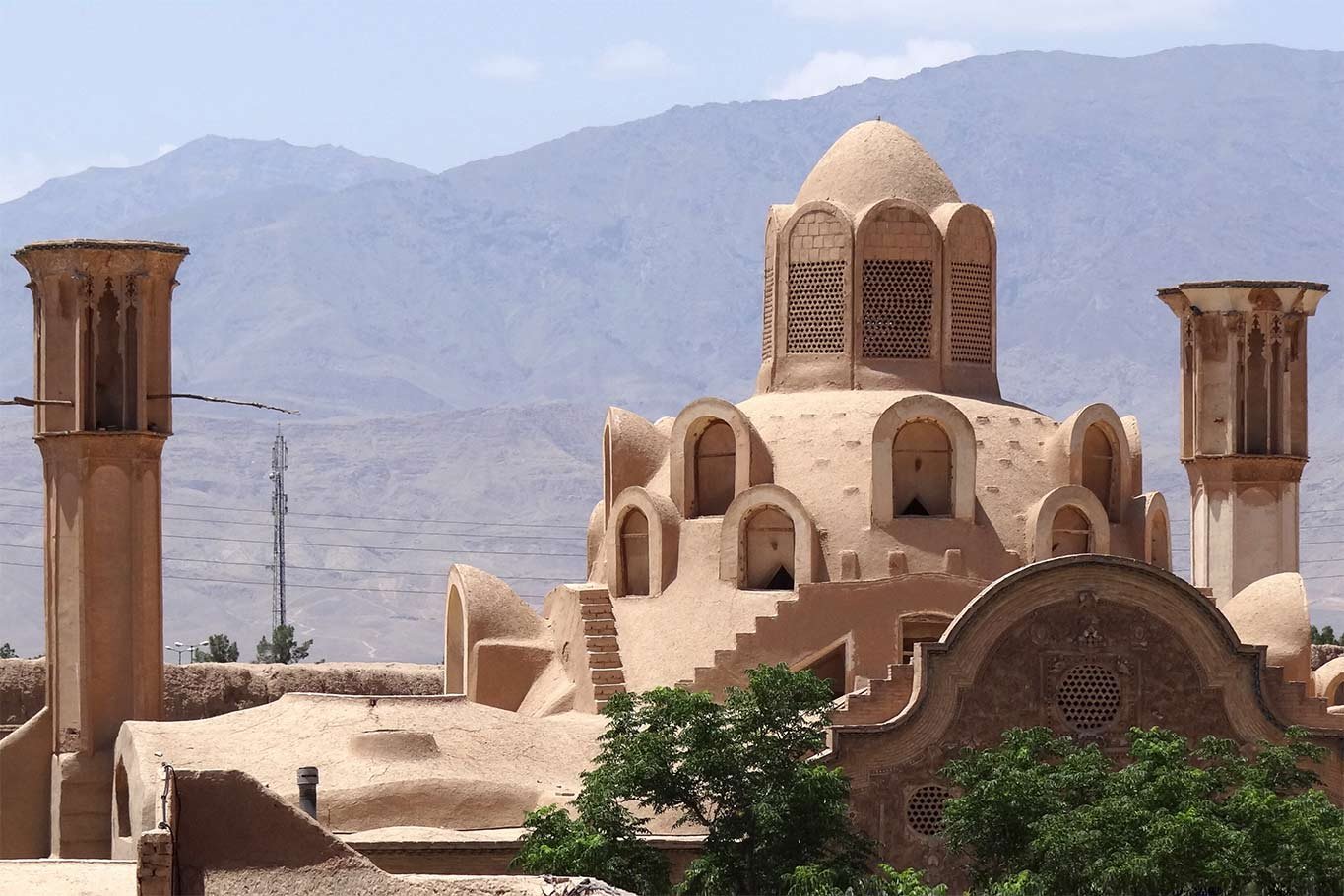Badgir Windcatcher: A Traditional Iranian Architecture Feature
An architectural innovation to capture cool air in a desert environment.

Badgir (wind-tower), literally “wind catcher,” a traditional structure used for passive air-conditioning of buildings.
Iran has a rich and varied architectural history going back over 3,000 years, and the remains of Iranian architectural monuments can be found from Syria to India and China.
Iranian architecture make uses of a great variety of techniques such as stone carving, stucco and plasterwork, tile and brickwork, mirror and glasswork, and other ornamental elements.
As in any architecture, geographical, religious, political, technological, and natural factors determine the quality and quantity of architecture.

Many of the diverse architectural designs and structures in Iranian lands resulted from the availability of suitable natural resources and consideration of factors such as climate.
The landscape itself is a source of both constraint and freedom. The Iranian kavir (desert) imposed enormous limitations on the structural designs and the kind of buildings Iranian architects could produce.
However, the challenge of working with the vast tracts of desert land has offered Iranian architects the chance to be creative with both their designs and responses to societal needs.
Another important variable shaping architectural characteristics is the technological knowledge and skills available in the region. Some good examples of responses to these technological and environmental challengse are the Iranian bâdgirs (wind-catcher towers), qanâts (underground water channels), and âb-anbârs (water reservoirs).

Since much of Iran is desert, Iranian cities and towns were confronted with the challenge of dealing with water shortages, high levels of heat, and at times strong winds.
Given the limited resources available to builders in these towns, building materials consisted mainly of mud and its derivatives.
Mud and mortar excavated from construction sites are often used for buildings, thus creating a modicum of self-sufficiency. Baked or unbaked bricks and mud effectively resist the incessant rays of the sun in the hot summer months.
During the cold season, little heat is used for warming the interiors because hardened, unbaked brick walls act as good insulation. Buildings are often constructed with tall walls, arched roofs, water reservoirs with arched domes, and air traps or wind catchers. Residential structures often are positioned at a specific angle to collect maximum heat and allow for winds to bring cooler air into the structure.
The bâdgir (“wind-catcher tower”) was an architectural innovation to capture cool air in a desert environment. These towers were set at a specific height on the roof of a building to capture a breeze and transfer it underground within the structure in order to bring cool air into large rooms and halls in the hot days of the season.
Bâdgirs served as ventilators using wind energy to operate. They were placed on a part of the structure where they could collect maximum air flow. Ducts were located at the four corners to capture the wind from any direction.
When capturing wind from one direction, ducts in the other three directions would be closed. Some bâdgirs had an arched roof that absorbed heat from the strong sunshine during the day and radiated it back more quickly at night. In this way, bâdgirs worked as simple air conditioners in arid and dry regions.
In some houses, a water reservoir was built underground, and the air from the bâdgir was routed to it to cool the water in the reservoir. The impact from the airflow would also stir the water and prevent stagnation.





